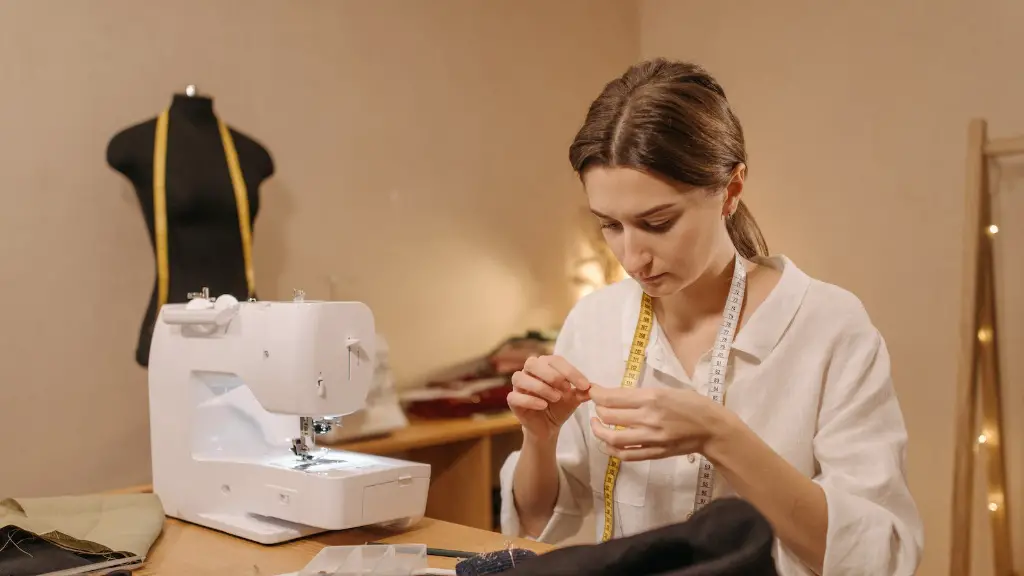So you have a Brother sewing machine and need to replace the spool pin? No problem – it’s an easy process and won’t take long. It’s essential to know how to do it if you want to continue sewing uninterrupted. Here’s an overview of the step-by-step process for replacing you spool pin on a Brother sewing machine, with helpful illustrations for each stage.
First things first, it’s important to get the right spool pin for your machine. Different types of Brother sewing machines require different sized pins,so make sure you buy the one that matches your machine model number. You can find the model and products numbers on the side of the machine, as well as in the instruction manual.
Next,clear out any threads or fabric pieces that are stuck on the spool pin. Remove the spool pin cover carefully and take out the old spool pin. Before putting in the new spool pin, use a soft, lint-free cloth to clean the area around the spool pindrive. Make sure you don’t leave any dirt or lint on this part, as this can interfere with the spool pin.
Now it’s time to insert the new spool pin.Make sure you place it in the same orientation as the old one – it should be pointing straight up.Once the spool pin is in place, gently push it up to make sure it’s securely locked in. Finally, replace the spool pin cover and make sure it is securely fixed on.
You’ve now successfully replaced the spool pin on your Brother sewing machine. Here are some top tips for keeping the spool pin in good condition:
- Always use a spool pin compatible with Brother sewing machines.
- Try to avoid metal spool caps as they can scratch the spool pin.
- Avoid putting too much thread on the spool pin as this can affect the sewing performance.
Maintenance and Troubleshooting
Regular maintenance is necessary to keep your Brother sewing machine in good working order. Here are some tips on how to properly maintain the spool pin:
- Clean the spool pin regularly with a lint-free cloth to remove any dirt or lint.
- Inspect the spool pin from time to time and make sure it’s securely in place.
- Make sure the spool pin is of the correct size and model for your Brother sewing machine.
If you experience any issues with your spool pin, here are some troubleshooting tips:
- Check that the spool pin cover is securely fixed into place.
- Try to adjust the tension of the thread. Loosen if it’s too tight, and tighten if it’s too loose.
- Check that the spool pin is properly inserted into the machine and is adequately lubricated.
- Check that the thread isn’t wound or twisted around the spool pin.
Caring for the Machine
Knowing how to take care of your machine is essential for ensuring its optimum performance and longevity. As such, it’s important to follow the manufacturer’s instructions when it comes to cleaning and lubricating your Brother sewing machine.
The most important part of caring for the machine is the regular cleaning – you should use the brush that came with your machine, or a lint-free cloth, to thoroughly clean under and around the spool pin and its cover. This will help to remove any lint or dust that has collected, which can hamper performance.
It’s also important to lubricate the spool pin drive. Use sewing machine oil, available from most sewing shops, and a few drops into the drive should do the trick. Additionally, make sure the spool pin is properly aligned so that the thread unwinds smoothly, and there is no risk of it jumping off the pin.
Conclusion
Replacing the spool pin on your Brother sewing machine is not difficult then you know what to do and can follow the steps outlined in this article. As long as you are careful to use the correct spool pin, clean the machine regularly and lubricate the spool pin drive, replacing the spool pin should be a straightforward process.


